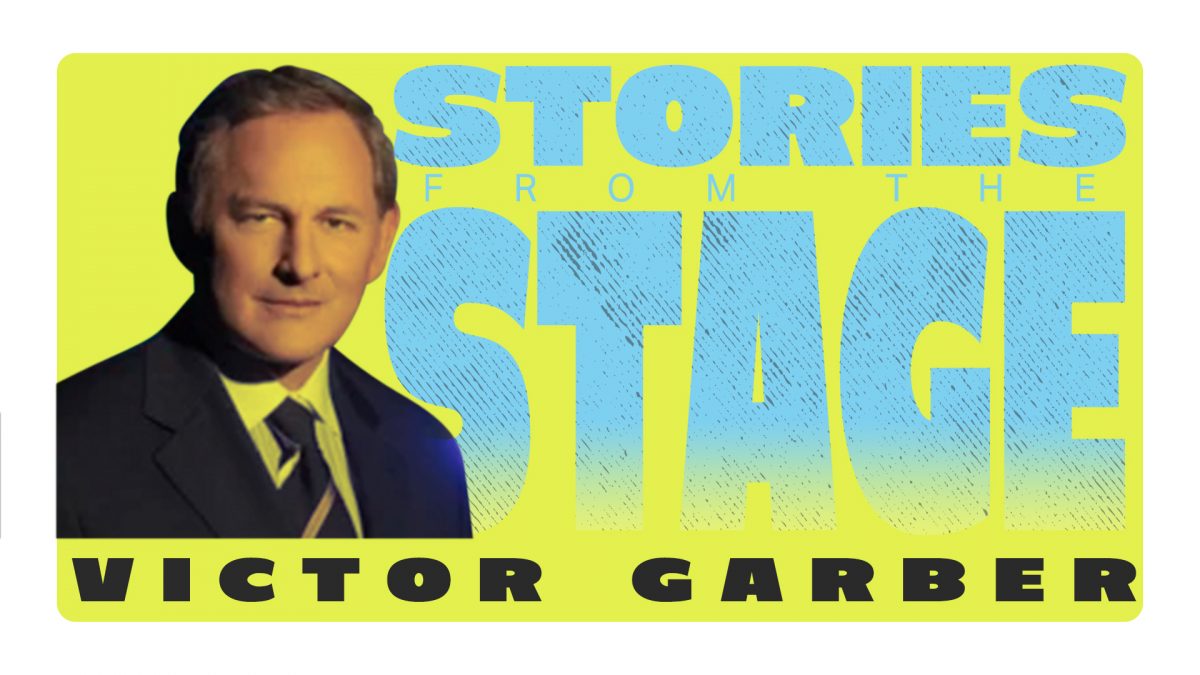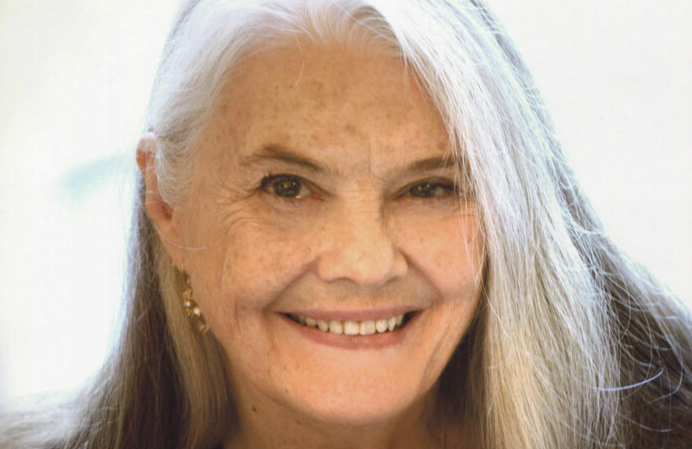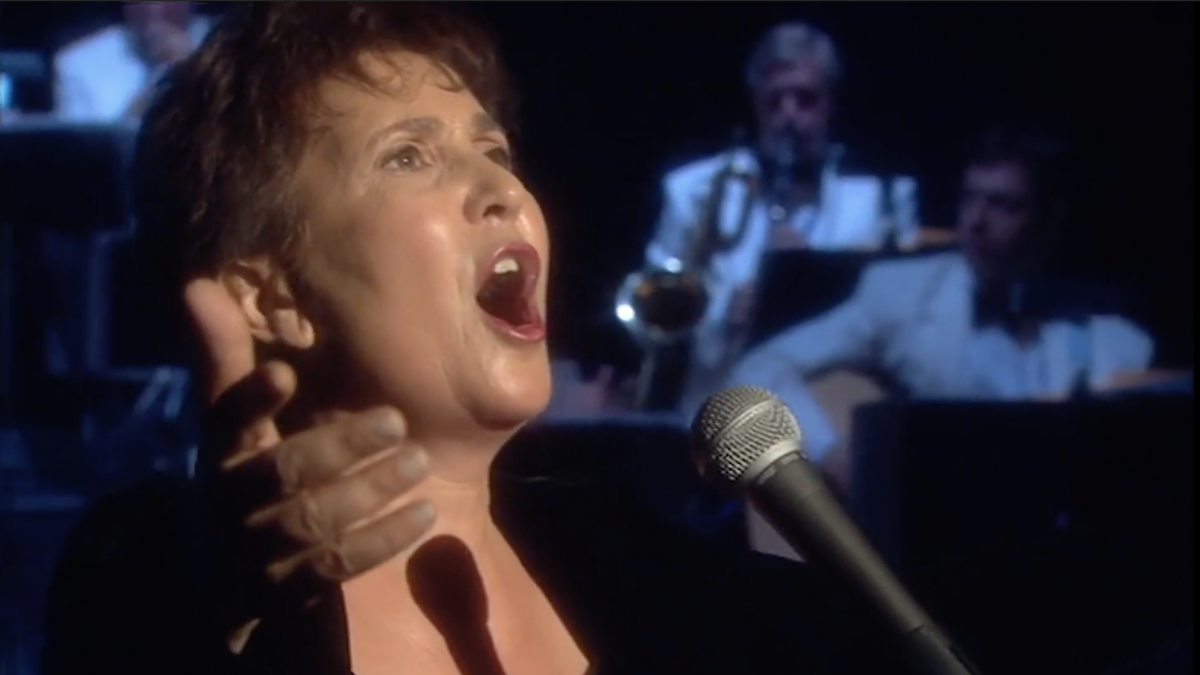I was in Los Angeles at ORAY’S BEAUTY SALON off Santa Monica Boulevard across from the Santa Palm Carwash. My head was in the sink. (I was having my hair returned to “normal” after shooting a TV pilot, written for me, never seen EVEN on the “dead pilot season”). The phone was handed to me, it was my manager saying, “I was to fly to Baltimore to take over the juicy role of “Eve Harrington” in the out-of-town tryout of the musical “APPLAUSE”, based on the award winning film: “ALL ABOUT EVE” starring Lauren Bacall.”
“When?” I asked. ”Tonight!” he said.
And the saga began.
When I was taken, knees, shaking, to meet Miss Bacall, I kept thinking: “Please let her understand that if I am good it will only help her!”
I was approved; rehearsed 3 days (my career always seems to be coming in at the last minute…but that’s another story!), opened, flew next to Detroit, then we opened in New York to wonderful reviews, and settled in to the miracle of a hit long run!
By this time, Bacall and I (or “Betty” as she was know to pals) had become real chums! She and I and Lee Roy Reams (who played her hairdresser in the show) became a threesome, hanging out and having a ball for a year. Then Betty left the show and was replaced by Anne Baxter (the original “Eve” in the movie. Wonderful stories, too, but for another time).
Next APPLAUSE was do the national tour with Bacall and the available original cast. I declined, saying I had been “Eve, Eve, little Miss Evil” long enough! I felt I just couldn’t do it any more.
The reviews across the country were not like those in New York!Perhaps the heartland was less interested in a story of the “theatah”!!!! Betty missed me (and Lee Roy, who hadn’t toured either), but she carried on. The creative team was worried. In San Francisco it was decided to bring me into the show in preparation for Los Angeles, the city that WOULD greet, with critical eye, the musical of the iconic film, and Lauren Bacall’s “Welcome Home”. I arrive; I have a three hour “put in rehearsal”, I went on!
APPLAUSE begins “at the TONY AWARDS!” Margo Channing, (Betty, ) announces the winner of “BEST ACTRESS: Eve Harrington!!!!” Thunderous applause boosted by more over the sound system: “Eve” (me!!!), SITTING IN THE AUDIENCE, comes onstage, breathlessly receives her award from Margo saying:”Needless to say this is the best night of my life!”
I extend my hand to Margo. Instead of glaring at me with a look of wry recognition, abetted by the sound system recording her TRUE thoughts..I see Betty, my dear pal, wreathed in dazzling smiles: I am back!!!!!!!
Remembering Lauren Bacall
I have been reading thru the obits for Lauren Bacall. I think I had forgotten that my friend, Betty, WAS Lauren Bacall! I was brought into “APPLAUSE”, her first musical, during its out-of-town tryouts, giving me a chance to see the show and HER: the STAR, charisma, magic, wit, timing, beauty, and power. But from the moment I walked on stage to rehearse my first scene in “Margo Channing’s” dressing room, she let me know we were colleagues; offstage she welcomed me as a friend…always. What fun we had in both worlds. That’s why I forgot she was “Bogey’s Baby”. When she was on her book tour I brought my 6 month old baby daughter to “meet” her: within seconds Betty was crawling on the floor with her, playing; some years later we three met by chance in Paris. Betty saw and recognized me, yelled across the boulevard, and took us to Cafe de Flore, talking to my daughter, aged 7 or 8. as if she were one of the girls”!! And she was THERE
I have been reading thru the obits for Lauren Bacall. I think I had forgotten that my friend, Betty, WAS Lauren Bacall! I was brought into “APPLAUSE”, her first musical, during its out-of-town tryouts, giving me a chance to see the show and HER: the STAR, charisma, magic, wit, timing, beauty, and power. But from the moment I walked on stage to rehearse my first scene in “Margo Channing’s” dressing room, she let me know we were colleagues; offstage she welcomed me as a friend…always. What fun we had in both worlds. That’s why I forgot she was “Bogey’s Baby”. When she was on her book tour I brought my 6 month old baby daughter to “meet” her: within seconds Betty was crawling on the floor with her, playing; some years later we three met by chance in Paris. Betty saw and recognized me, yelled across the boulevard, and took us to Cafe de Flore, talking to my daughter, aged 7 or 8. as if she were one of the girls”!! And she was THERE for me during deaths in my family like NO ONE ELSE. And yet my friend was that icon I have been reading about.
She never suffered fools gladly; she had a sharp wit. a sharper tongue, a fabulous laugh, and was a straight shooter! I hope the after life id ready for her. Oh, how I shall miss her.

Penny Fuller received two Tony Award nominations for her performances on Broadway in Applause as Eve Harrington, and The Dinner Party as Gabrielle Buonocelli. For her television performances, Fuller received six Emmy Award nominations, winning in 1982 for playing Madge Kendal in The Elephant Man. Most recently, she appeared in the 2017 revival of Sunday in the Park with George and as the Dowager Empress in Anastasia.














